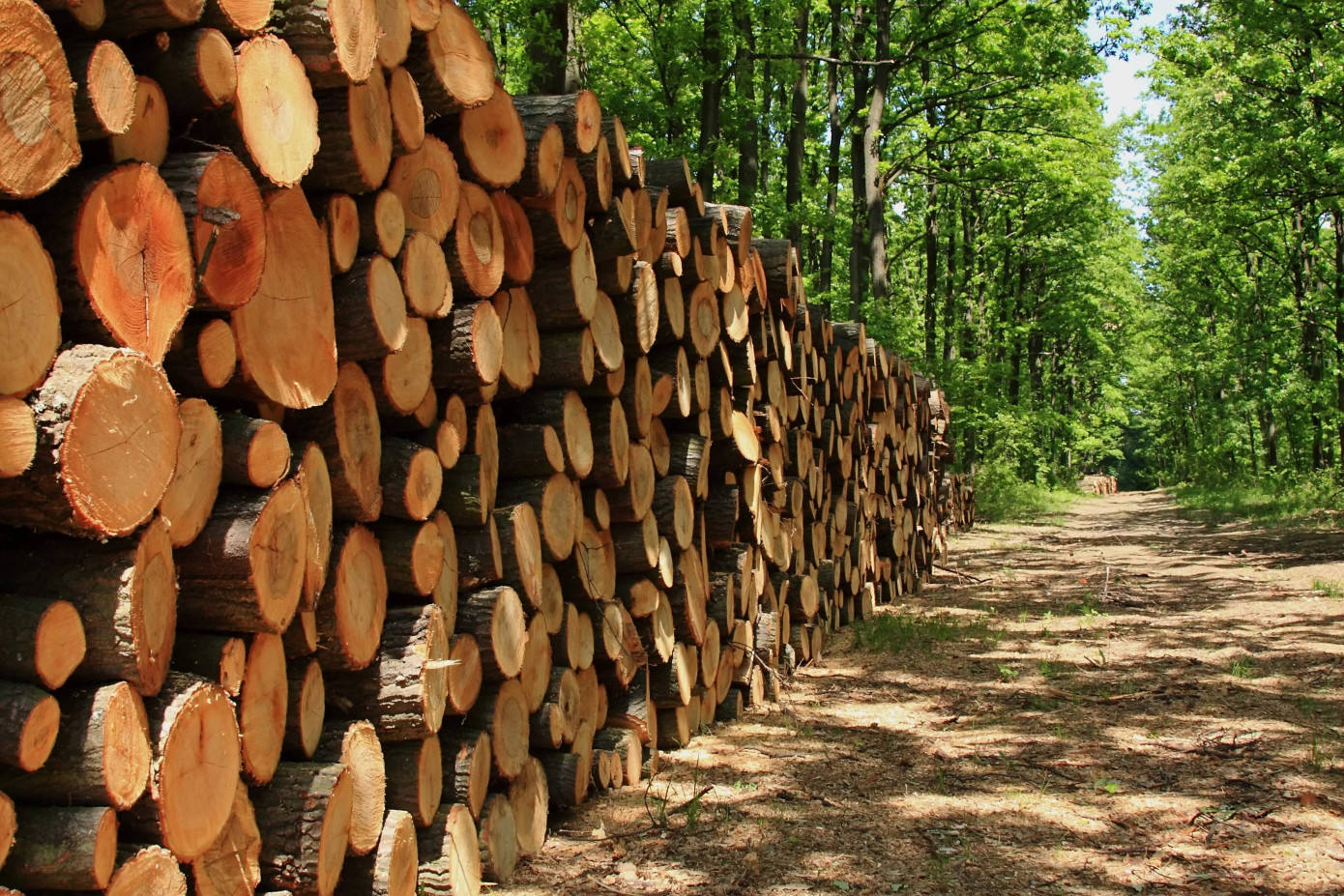In the first quarter of 2024, the stumpage prices for the "Big Five" southern wood products (pine pulp, chip-n-saw, hardwood, pulpwood and sawtimber) increased, while sawlog prices rose slightly year-over-year and pulpwood prices declined mildly, according to Scott Reaves, Chief Operations Officer and Director of Forest Operations at Domain Timber Advisors. Domain Timber successfully negotiated multiple acquisition opportunities during this period, reflecting ongoing vigorous activity in both buying and selling within the land markets.
Despite challenges such as higher interest rates and sustained inflation, the timber market remains supported by steady U.S. housing starts, which have maintained demand for lumber. "The U.S. housing starts are reasonably steady at levels above 1.3 million, sustaining lumber demand despite elevated interest rates," Reaves explained. He added that robust demand for land purchases continues, particularly among non-institutional private buyers who often transact in cash.
Reaves expressed that increased scrutiny and commitment to Environmental, Social, and Governance (ESG) criteria are generally beneficial for forestland assets. He explained that forestland naturally supports all three ESG categories, with a particular focus on environmental aspects due to the inherent sustainability benefits. However, he also noted the significant societal and governance advantages that well-managed forests bring to all asset classes and investors.
"The primary adaptive factors from our perspective are better documentation of the practices we already employ and continual expansion of our approach to ESG based on investor perspectives," Reaves stated. "As an example, we recently improved our screening process for new acquisitions in direct response to the ESG focus and client requests."
Reaves considers timber investments as stabilizers within a diversified portfolio, citing their uncorrelated growth and potential for additional value through land sales and renewable energy initiatives, such as solar power developments. "Forestland investments provide stability and growth potential, making them an attractive option for diversifying investment portfolios," Reaves concluded, emphasizing the unique attributes and resilience of timber as an alternative asset class.
Looking ahead to the second quarter of 2024, Reaves predicts a mild softening of timber prices as weather conditions improve and the availability of raw materials increases, aligning with seasonal norms.
